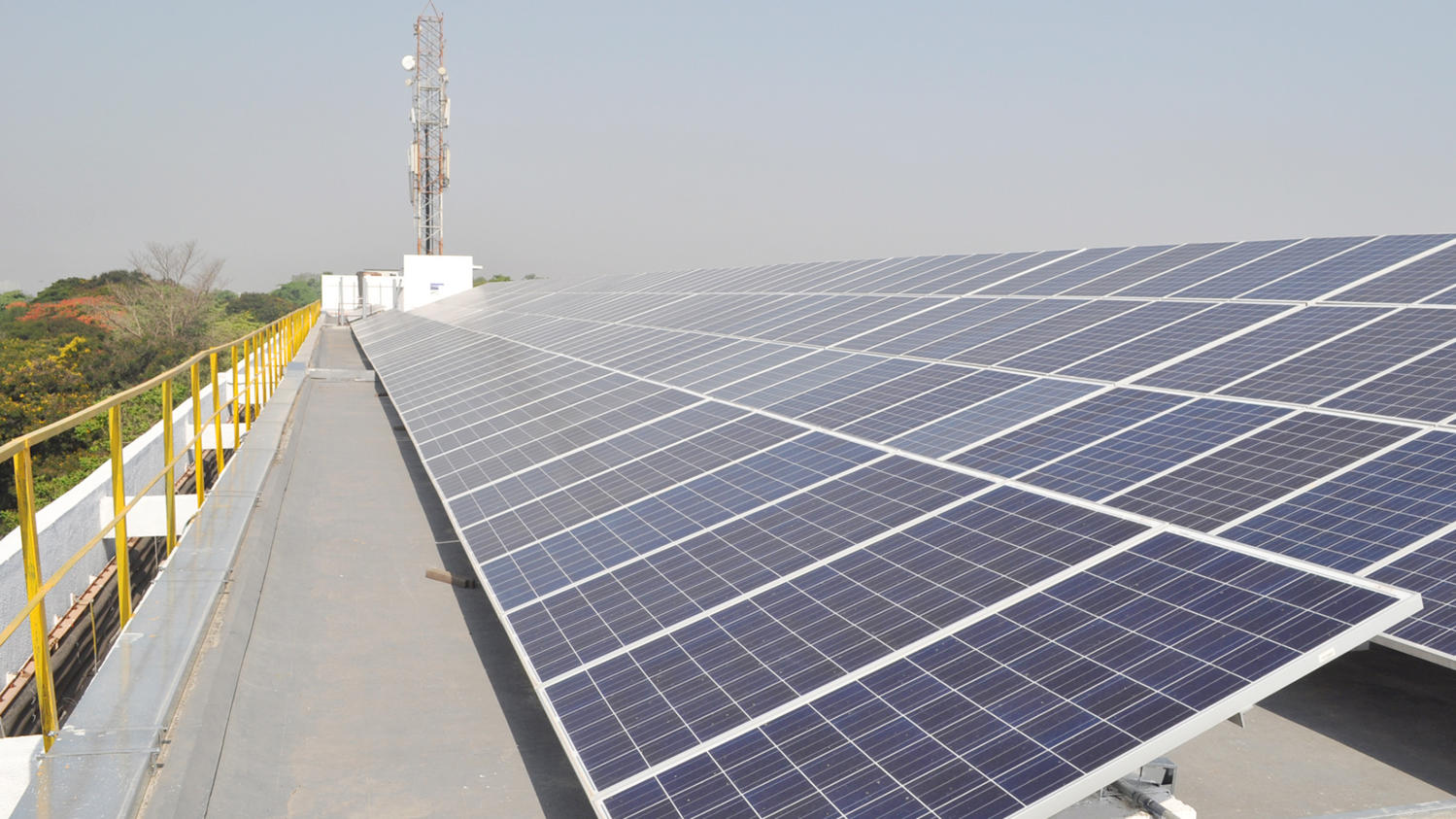Tata Motors: Understanding risks in the supply chain

Automobile manufacturing has a complex value chain and requires a wide range of manmade materials which include highly refined composite materials and natural resources, such as water and sand, fossil fuels and grid power.
Tata Motors Limited (TML) conducted a natural capital assessment to identify key impacts and dependencies in our manufacturing operations. We sought to value and quantify associated environmental externalities. We wanted to better understand the embedded risks in our supply chain to be able to tackle them accordingly.
We identified water and silica sand as critical dependencies for closer evaluation because our plants include water intensive operations such as heat treatment, painting and machine shops. Silica sand is used in the manufacturing of ferrous and aluminum castings.
- Yes
- Biodiversity & Ecosystem Services
- Climate & Air Emissions
- Energy
- Materials & Resources
- Waste Management
- Water
- Project
- Quantitative
- Value to society
- Direct operations
- Upstream
- Auto
Key findings
We conducted our natural capital valuation using a value transfer method based on global and national environmental studies. Our analysis found that GHG emissions from manufacturing operations was, by far, the most significant impact driver, followed by non-hazardous waste disposal to landfill and use of fresh water. The exercise helped us to recognize embedded environmental and societal costs in our manufacturing process. Understanding water and silica sand as key dependencies will help us to de-risk our operations.
Going forward, TML intends to carry out natural capital assessments for other manufacturing sites in India. Our ongoing Sustainable Supply Chain initiative will complement this. We expect that the outcomes of these initiatives will provide insights to determine a way forward, inform our manufacturing strategy and outline ways to minimize the environmental impacts in our value chain.
More information
Tata Motors Sustainability Report 2016-17 http://corp-content.tatamotors.com.s3-ap-southeast-1.amazonaws.com/wp-content/uploads/2015/10/15092832/tml-sustainability-report-2016-2017.pdf
Arvind Bodhankar (arvind.bodhankar@tatamotors.com)
Peter Dsouza (peter.dsouza@tatamotors.com)
